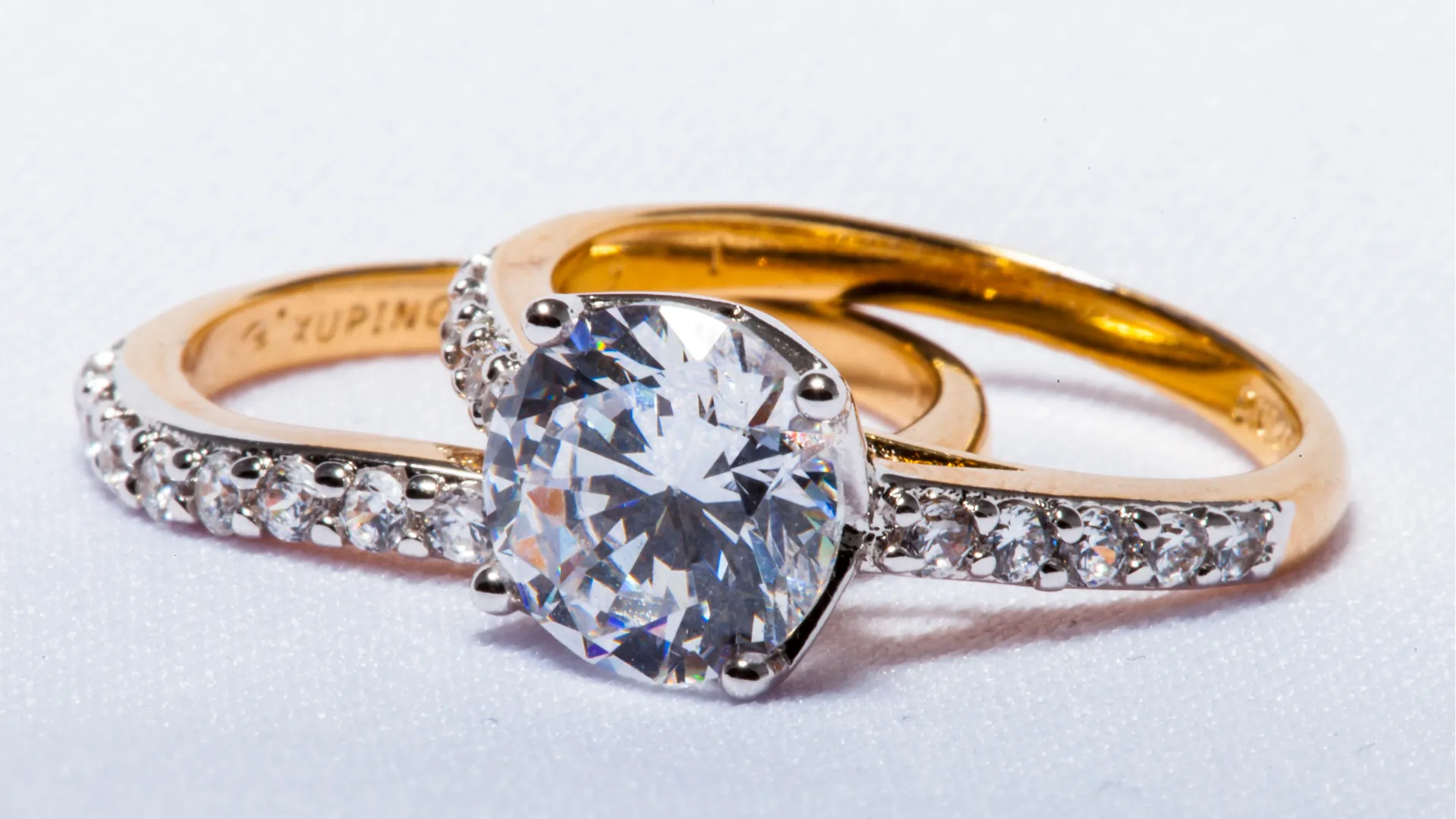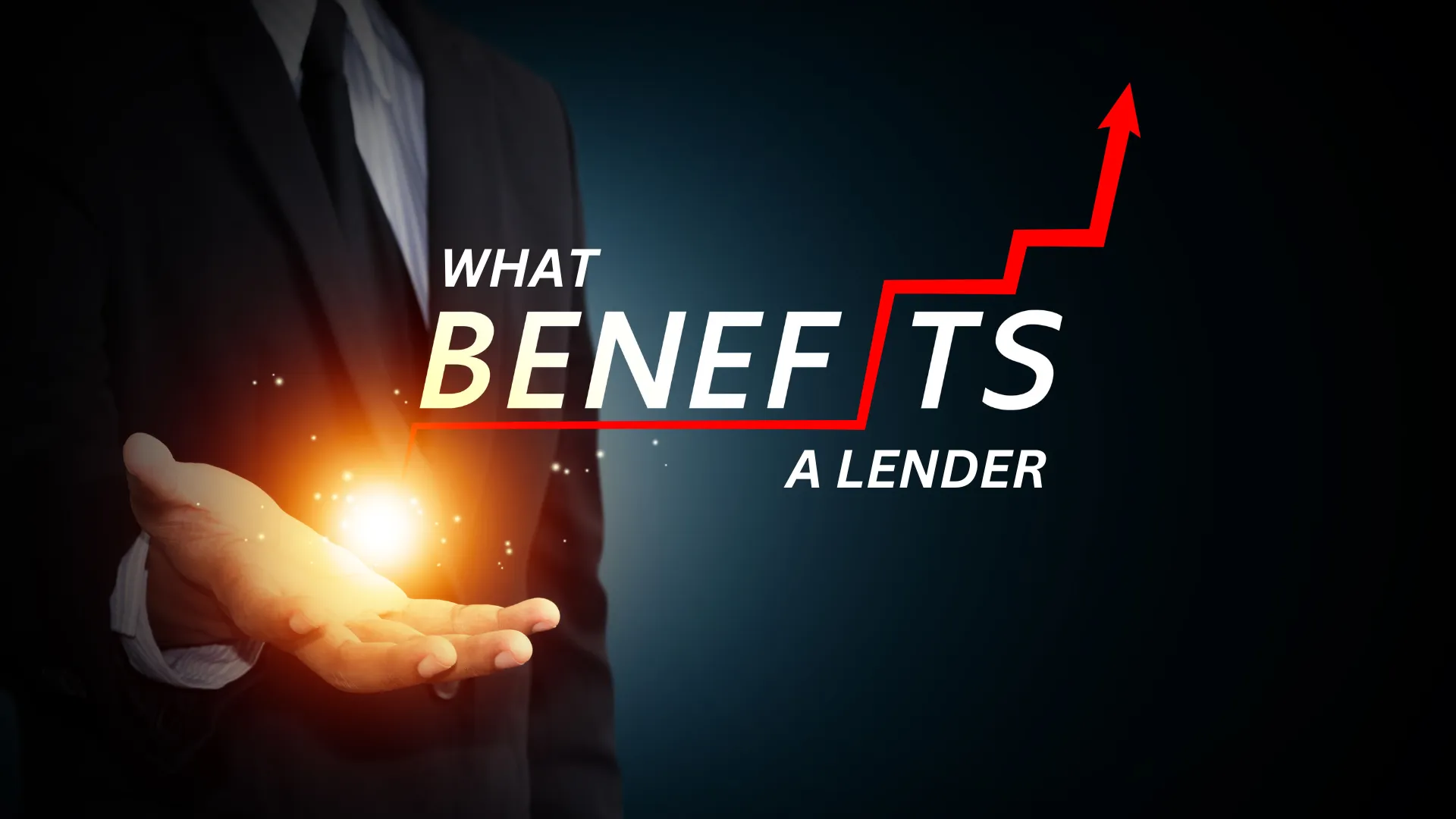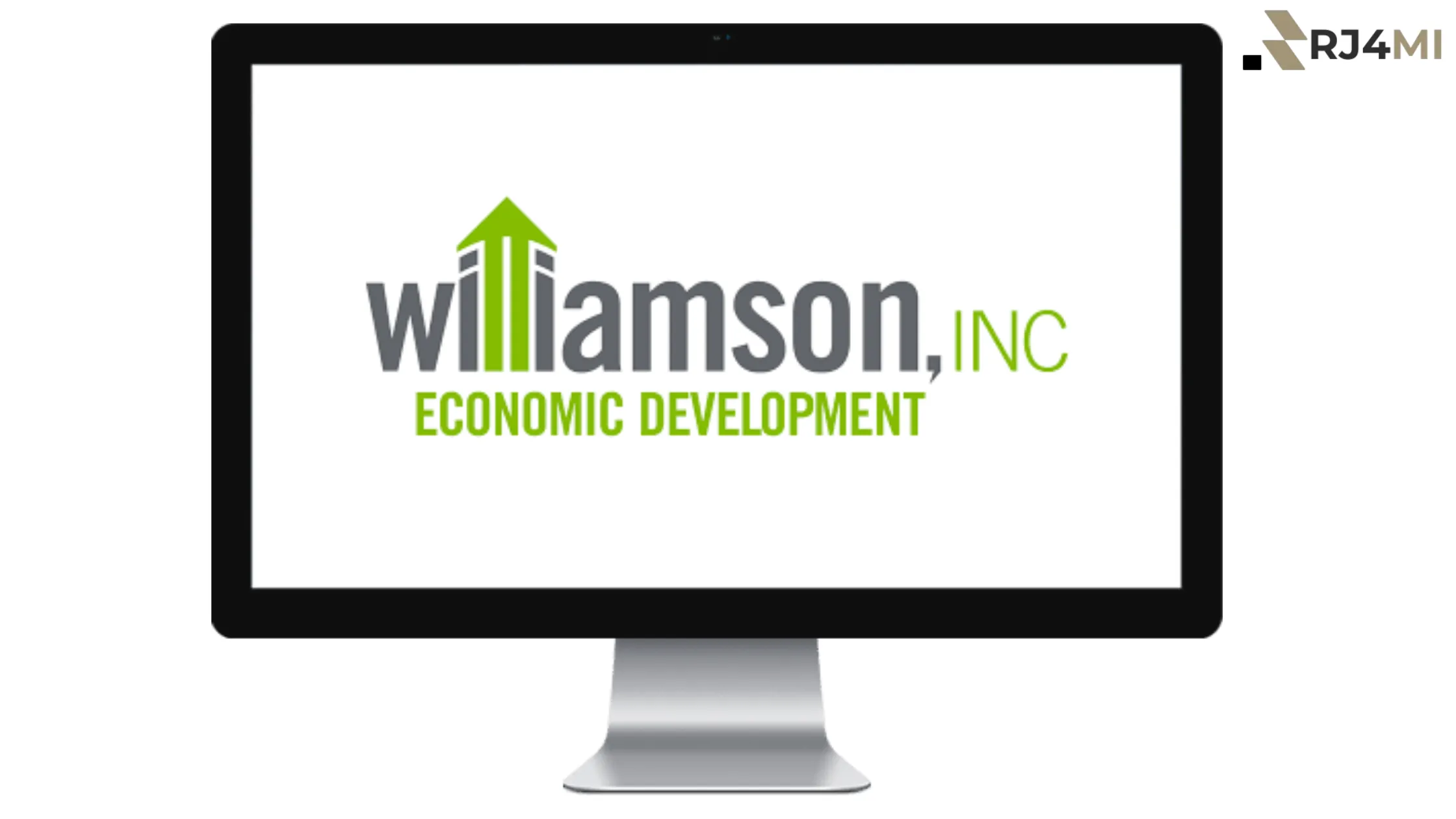Table of Contents
Understanding Fixed Costs of a Jewlery Business
Running a jewlery business isn’t just about making unique, luxurious pieces. It’s also about handling the finances that keep everything running smoothly. Central to this is the concept of Fixed Costs of a Jewlery Business. These fixed costs are those expenses that remain constant, whether you’re selling 10 or 1,000 pieces.
Understanding Fixed Costs of a Jewlery Business is essential to maintaining profitability, as they directly affect pricing strategies and overall revenue. This article explores key Fixed Costs of a Jewlery Business, shows how these costs impact pricing, and provides strategies to reduce them while keeping profits intact.
What Are Fixed Costs?
Fixed Costs of a Jewlery Business are ongoing expenses that do not change based on production or sales levels. For a jewlery business, examples include rent, salaries, insurance, and equipment depreciation. Fixed Costs of a Jewlery Business are stable and predictable, unlike variable costs. Variable costs, like raw materials or packaging, change with production volume.
This predictability in Fixed Costs of a Jewlery Business helps when planning budgets. Understanding these expenses helps business owners set good prices, ensuring they can keep the business profitable, even when sales are low.
Importance of Fixed Costs in the Jewlery Industry
Fixed costs in a jewelry business are crucial. They support key operations, like keeping stores open and maintaining production efficiency. Poor management of these costs can lead to declining profit margins and difficulty sustaining the business in the long run. Managing fixed costs lets companies allocate more resources to growth and innovation.
Paying rent and salaries lets businesses focus on marketing. This helps attract customers and boost brand value.
Key Fixed Costs in Running a Jewlery Store

Every jewlery business faces a range of fixed costs that contribute to its overall expenses. Below are some of the key fixed costs that jewlery business owners need to consider.
Rental Costs and Lease Agreements
One of the largest fixed Costs of a Jewlery business is rent. A prime retail location in a high-traffic area may come with a higher price tag, but it also brings better visibility and foot traffic.
Business owners should negotiate good lease agreements to manage this significant part of the Fixed Costs of a Jewlery business. They need to find the right balance between visibility and cost to ensure profitability.
Utility Costs (Electricity, Water, and Heating)
Jewelry stores need the right lighting to display their pieces well. So, electricity becomes a big expense. Heating, cooling, and water usage also contribute to fixed costs. Implementing energy-efficient solutions can help lower these expenses without compromising store ambiance.
Maintenance and Upkeep of Studio Space
Regular maintenance keeps production equipment running well and the store looking nice. Ignoring this aspect could lead to costly breakdowns and lost sales opportunities. Maintenance expenses, though a fixed cost, are crucial for smooth operations.
Also Read: Loans in Honduras for Small Business: A Guide to Financing 2025
Insurance for Jewlery Inventory and Business Assets
Insuring valuable assets like jewelry and equipment is key for lasting business stability. This fixed cost protects businesses from losing money because of theft, damage, or unexpected events.
Cost of Materials for Store Setup
Setting up the store has startup costs. Then, ongoing maintenance and upgrades for displays, shelving, and lighting are fixed expenses. Keeping the store visually attractive is key to maintaining a high-end image.
Salaries and Employee Benefits for Permanent Staff
Staff wages are a key fixed cost. This is especially true for full-time roles, like store managers, designers, and sales associates. Offering competitive salaries and benefits helps businesses retain talent and maintain operational continuity.
Depreciation of Equipment and Store Fixtures
Production equipment and display fixtures gradually lose value over time. Include the depreciation of these assets in the fixed cost calculations. This ensures better financial planning.
Fixed Costs Associated with Jewlery Production and Design
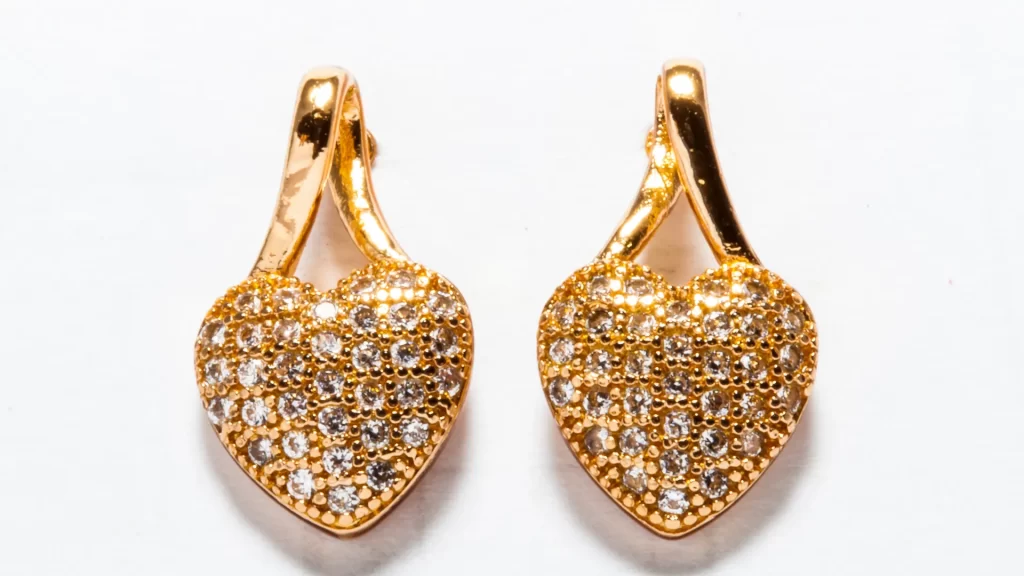
Maintaining Production Equipment
Jewelry production needs special equipment. This includes polishing machines and engraving tools. These machines need regular maintenance. This keeps them running and helps produce high-quality products.
Studio Space Costs for Jewlery Designers
Design studios provide a dedicated space for designers to create custom pieces and new collections. The rent or lease on this space is a fixed expense that supports the creative side of the business.
Jewlery Supplies and Storage Management
While the cost of raw materials fluctuates, the storage and management of supplies involve fixed expenses. Proper inventory management systems can help minimize the risk of damage or loss.
Cost of Custom Jewlery Design Services
Custom jewelry design services have fixed costs. These include expenses for labor, equipment, and studio space. These expenses ensure that customers receive high-quality, tailored pieces.
Also Read: What Benefits a Lender: Key Advantages for Lenders 2025
The Impact of Fixed Costs on Pricing Strategy
Setting a Pricing Strategy to Cover Fixed Costs
To achieve profitability, businesses must ensure that their prices are high enough to cover both fixed and variable costs. Knowing the fixed costs of a jewelry business helps set minimum prices. This ensures profit, even with low sales.
Perceived Value and Its Influence on Pricing
Jewelry is often seen as a luxury item. Customers will pay more for pieces that show exclusivity and craftsmanship. Boosting the perceived value of jewelry can help justify higher prices. This increase can comfortably cover fixed costs.
Calculating Gross Margin and Profit Margins
Considering fixed costs helps business owners set prices that maintain healthy profit margins.
Ensuring Sufficient Pricing to Cover Fixed and Variable Costs
If businesses don’t account for fixed costs, they might underprice their products. This can cause cash flow problems. Good pricing strategies cover fixed and variable costs. They also keep prices competitive.
Long-Term Profitability and Business Viability
Managing fixed costs effectively is key to achieving long-term success. Businesses that often check their expenses and match them with pricing plans tend to stay profitable and sustainable.
Strategies to Manage and Reduce Fixed Costs

Negotiating Better Rental Agreements
Renegotiating lease terms can lower rent or improve conditions. This may include longer lease periods with fixed rates. This strategy can help lower the overall fixed expenses of a jewlery business.
Optimizing Energy Usage to Reduce Utility Bills
Using energy-efficient lighting, appliances, and heating can lower utility bills. This change won’t affect the store’s look or how it works.
Scaling Business Operations to Maximize Fixed Cost Efficiency
Scaling production helps businesses lower costs. By producing more, they spread fixed costs over a larger number of items. This reduces the cost per unit and boosts profits.
Outsourcing Non-Essential Functions
Outsourcing tasks such as marketing, cleaning, or accounting can lower in-house staffing costs. This approach also helps optimize fixed expenses.
Collaborating with Suppliers for Cost-Effective Materials
Strong relationships with suppliers can lead to discounts and savings on bulk purchases. This helps lower costs for inventory management and storage.
Fixed Costs in E-commerce and Online Jewlery Businesses
For online jewlery businesses, fixed costs include website development, hosting, and digital marketing. Although they do not have physical rent expenses, maintaining an online presence comes with its ongoing costs.
Financial Planning for Fixed Costs
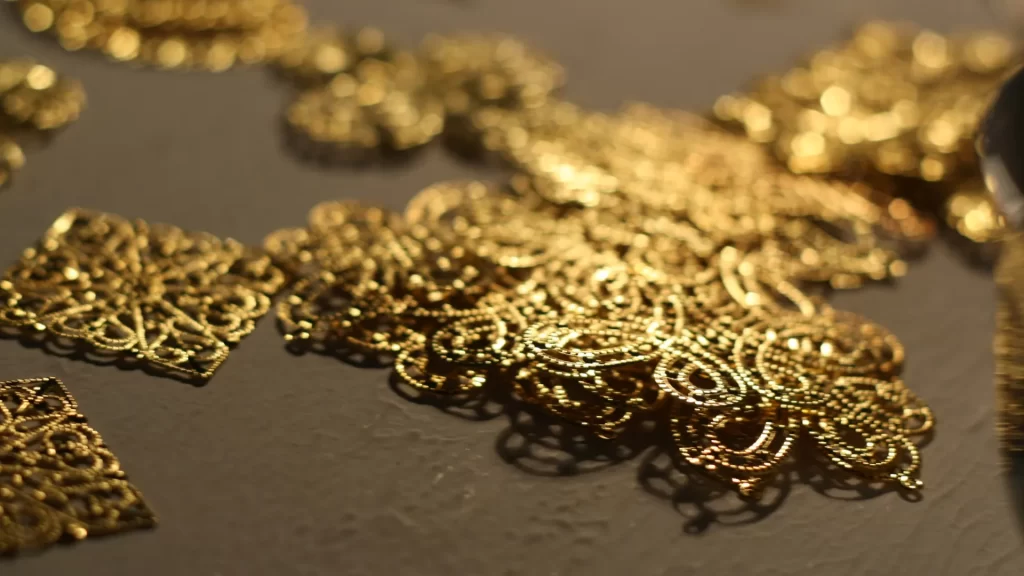
Creating a Financial Plan to Manage Fixed Costs
A well-structured financial plan helps predict fixed expenses and allocate resources accordingly. This ensures that costs are covered, even during periods of low revenue.
Predicting Long-Term Business Expenses
Planning for future costs, like rent increases or new equipment, helps with budgeting. This way, you can avoid financial stress.
Assessing Business Profitability with Total Revenue and Net Profit
Evaluating total revenue against fixed and variable costs helps businesses improve profitability. Regular checks allow for necessary adjustments.
Effectively managing the fixed costs of a jewlery business is crucial to achieving long-term success. Jewelry business owners can stay profitable by knowing their main expenses and using ways to save costs. This helps them keep operations stable and focus on growth.

